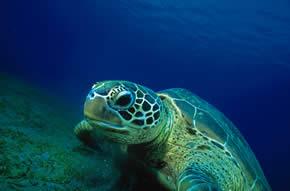Mangroves and the carbon cycle
Mangroves cover less than 0.1 percent of the land surface but account for a tenth of the dissolved organic carbon flowing from land to ocean.
The researchers "speculate that the rapid decline in mangrove extent threatens the delicate balance and may eventually shut off the important link between the land and ocean, with potential consequences for atmospheric composition and climate."

